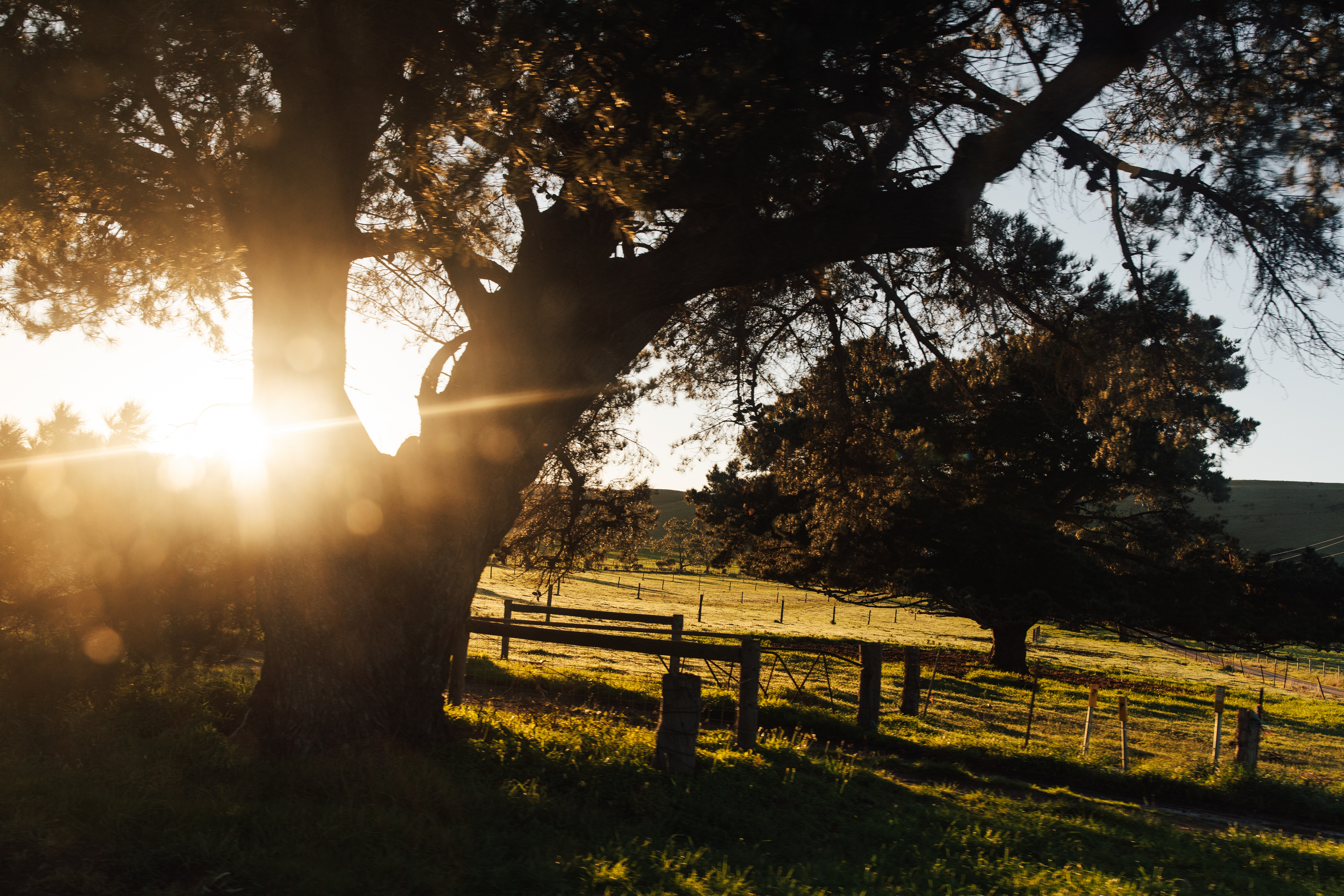
Hydrogen Act requires cool approach
South Australia is at the global forefront of clean energy generation. In just over 16 years the state’s electricity mix has shifted from below 1 per cent renewables to more than 70 per cent of energy generated by wind and solar, supported by innovative battery storage technologies and gas. The state is set to reach its goal of achieving 100 per cent net renewables by 2030.
With a solid renewables track record and sun and wind resources among the best in the world, it is unsurprising that the State Government is now part of the global hydrogen race. The government has committed to investing more than three quarters of a billion dollars to accelerate new hydrogen projects, shipping infrastructure and modelling tools for investors and developers. It considers the best way to capitalise on this set of events is through a new Hydrogen and Renewable Energy Act, which it hopes will give the state a competitive edge to supply clean, green, renewable hydrogen.
The Act is a complex piece of legislation. It aims to introduce a ‘one window to government’ licencing and regulatory system for the lifecycle of large-scale hydrogen and renewable energy projects in South Australia.
The Act will control specified regulated activities including commercial hydrogen generation; exploring and exploiting renewable energy resources; undertaking infrastructure activities; and any other activity prescribed by the regulations, which are yet to be seen. Licences for those varying purposes, including access to land and the payment of compensation for any impact generated by these activities, will also be covered by the Act. In this regard, the Act is like the Mining Act 1971 and the Petroleum and Geothermal Energy Act 2000.
The government is confident that the ‘one window to government’ approach, which is currently used for mining activities and energy resource activities, is needed to streamline project and land use approvals to increase the state’s renewable energy production. There is over $20 billion in the investment pipeline, a growing impatience from investors, and we are told an unprecedented scale of the transformation needed to better manage and regulate renewable energy projects and the demand for access to pastoral land and state waters.
However, while there is much government excitement with the potential to create a large-scale hydrogen industry and a strong desire to ‘win the race’, the Act will create significant change so it must be properly considered. There is a general lack of awareness and understanding amongst producers about this Act and how it could impact their business.
At last week’s Livestock SA initiated consultation session with the Department of Energy and Mining for pastoralists it was evident that there are some areas of the current draft Bill that aren’t clear. Critically, without further consultation and refinement of the Bill, it appears that producers may lose some of their ability to negotiate the best outcomes for their business when renewable energy projects are constructed on their land.
Winning the race must not come at the expense of ensuring the policy intent of this new legislation is properly captured and all stakeholder groups are better off. It has wide-reaching and permanent implications for livestock businesses and cannot be rushed. We need to get it right.
By Travis Tobin
